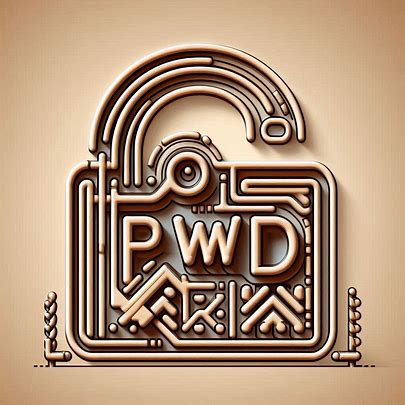PCO: Decoding the Full Form
Introduction
In the fast-paced world of telecommunications, acronyms abound. One such acronym that has been part of our lives for decades is PCO. But what does it stand for, and how does it impact our daily communication? Let’s unravel the mystery behind the PCO full form and explore its significance.
PCO: Full Form
PCO stands for “Public Call Office.” It refers to a public telephone booth or kiosk where individuals can make outgoing phone calls. These booths are strategically placed in public areas, such as street corners, markets, railway stations, and bus stops. The concept of PCOs emerged long before the era of mobile phones and widespread personal landlines.
The PCO Experience
Remember the days when mobile phones were a luxury, and landline connections were limited? That’s when PCOs played a crucial role in connecting people. Here’s what the PCO experience looked like:
- Booths and Coins:
- PCOs were small, often glass-enclosed booths with a telephone instrument.
- Users would insert coins (usually in denominations of 1 rupee or 2 rupees) to make calls.
- The clinking sound of coins dropping into the coin box was a familiar sound at PCOs.
- Operator Assistance:
- A PCO operator manned the booth.
- If you needed to make a long-distance call, you’d ask the operator for assistance.
- The operator would connect your call and keep track of the duration.
- Dialing Etiquette:
- Dialing a long-distance number required precision.
- Users would turn the dial clockwise, listening for the clicks corresponding to each digit.
- A wrong digit meant starting over.
- Privacy Challenges:
- PCOs were not known for privacy.
- Conversations were often overheard by others waiting in line.
The Golden Age of PCOs
PCOs boomed in the latter half of the 20th century, particularly in India. Here’s why they were so important:
- Affordable Communication: PCOs offered a more accessible way to make phone calls compared to having a landline at home, which was often a luxury.
- Widespread Availability: PCOs were strategically located in public places like streets, markets, railway stations, and bus stands, making them easily accessible for everyone.
- Social Hubs: PCOs sometimes became informal social hubs, with people gathering to make calls or chat while waiting their turn.
The Decline of PCOs
With the advent of mobile phones and affordable landline connections, the demand for PCOs gradually declined. Here’s why:
- Mobile Revolution:
- Mobile phones became ubiquitous, allowing people to make calls from anywhere.
- The convenience of carrying a phone in your pocket made PCOs less relevant.
- Home Landlines:
- Home landline connections improved, offering competitive rates and better call quality.
- People preferred making calls from the comfort of their homes.
- Internet and VoIP:
- The rise of the internet brought Voice over Internet Protocol (VoIP) services.
- Apps like Skype, WhatsApp, and Zoom allowed free or low-cost international calls.
Nostalgia and Reminiscence
While PCOs have faded into nostalgia, they hold a special place in our memories. The clunky coin-operated phones, the hurried conversations, and the anticipation of hearing a loved one’s voice—all evoke a sense of simpler times.
PCOs: A Legacy Beyond Calls
While their numbers have dwindled significantly, PCOs still exist in some parts of the world, particularly in rural areas. Beyond their role in communication, PCOs hold a certain nostalgic charm, reminding us of a time when technology connected us differently.
The world of communication has evolved tremendously, but the legacy of PCOs lives on as a reminder of human ingenuity and our constant desire to connect.
Conclusion
Next time you come across an old PCO booth, take a moment to appreciate its role in connecting people across distances. The PCO full form may be a relic of the past, but its impact on communication history remains significant.
So, the next time you hear someone say, “I’ll call you from the PCO,” smile and remember the days when coins and booths bridged our conversations.
Answering Your PCO FAQs:
- What is a Public Call Office (PCO)? A Public Call Office (PCO) is a facility that provides public access to communication services such as telephony, internet, and fax.
- How do PCOs operate? PCOs operate by installing telecommunication equipment that allows individuals to make calls, access the internet, and send faxes for a fee.
- Are PCOs still relevant in the digital age? Yes, PCOs remain relevant, especially in areas with limited access to telecommunications infrastructure or where digital services are unaffordable.
- Can anyone operate a PCO? Operating a PCO typically requires obtaining a license from regulatory authorities and complying with local regulations and tariffs.
- What are the benefits of using a PCO? Benefits of using a PCO include affordable communication services, accessibility in remote areas, and the ability to make international calls at lower rates.
- How can I find a PCO near me? PCOs can be found in various locations, including shopping centers, markets, and transportation hubs. Online directories and mobile applications can help locate nearby PCOs.








